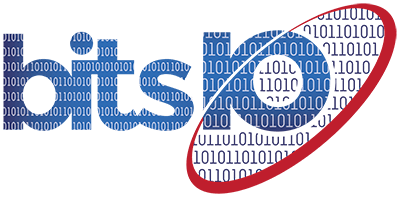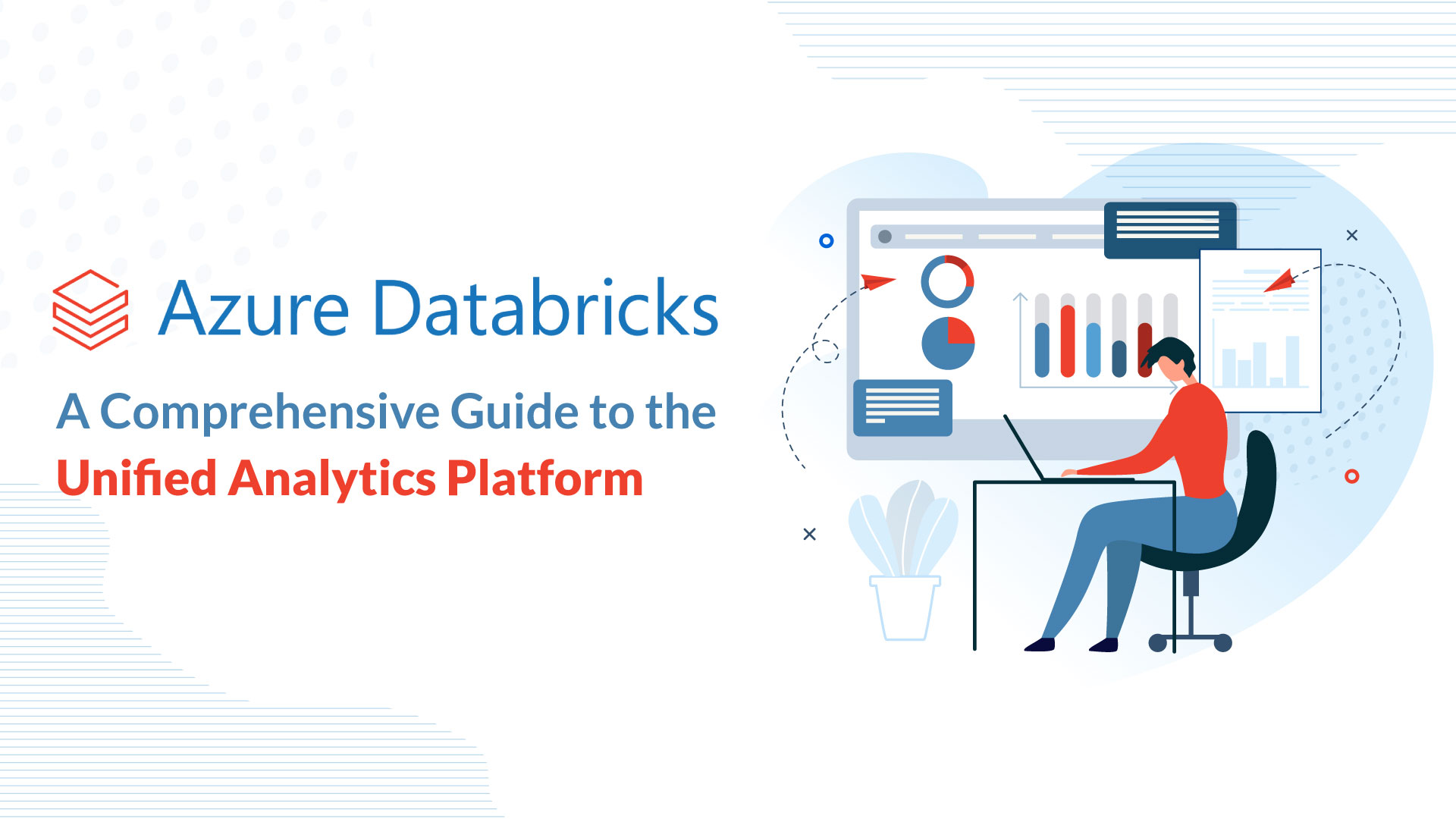Our blog
2023 Cloud Computing Trends To Keep An Eye On
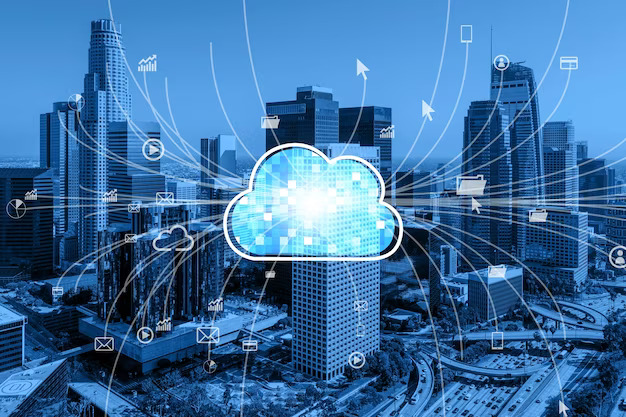
Cloud computing, a truly disruptive technology with a market value of around USD$592 billion in 2022, is continuing to reshape the very fundamentals of how businesses operate and manage their resources in 2023.
It offers an efficient and cost-effective model for your resource-heavy computational services, including storage, servers, databases, networking, analytics, software, and intelligence over the internet, aka “The Cloud.”
Its tremendous popularity is attributable to businesses no longer needing to spend hefty prices on building their own physical resource management infrastructure. Instead, cloud computing enables companies to innovate quickly and cost-effectively through readily deployable computational services with minimal service-provider interactions.
As the technology proves that there are no limitations to its potential applications, we are here to discuss the significant cloud computing trends poised to change the world and leave a lasting impact on businesses in 2023.
Trends in Cloud Computing
Let us dive right in and explore the emerging trends in cloud computing in 2023 that are set to change the industry moving forward:
1. Cloud Security and Resilience To Take Center Stage
The constantly innovating cloud industry drives countless businesses to transition daily to cloud adoption. While such companies increasingly favor cloud services for their data management and storage, they are equally fearful of the potential ramifications of a publicized cloud breach.
This justified fear drives many to explore the best means to enhance their cloud security and resiliency to continue reaping the benefits of employing cloud services without suffering the repercussions of a data leak.
This is why cloud security and resilience will be a significant trend in cloud computing in 2023.
2. Edge Computing Is The New Buzzword
In Edge Computing, client data is processed around the immediate periphery of devices and networks around the user instead of relying on data centers to do the computation. Instead of transmitting the data to the data center for processing and analysis, it is done at the data origin itself, shifting most data computation and services away from centralized data centers.
Once the processing is completed, only the necessary data, such as equipment maintenance predictions and real-time actionable insights, are sent to the central data center for further processing. It is a revolutionary technology making it easy for businesses to preemptively solve critical issues and make quick data-backed decisions with reduced latencies.
Edge computing is growing immensely popular amongst companies that require immediate real-time computation to quickly solve issues and maintain operational efficiency. This exciting emerging technology will be a rising trend in 2023 and the following years.
3. Multi-cloud As a Strategy
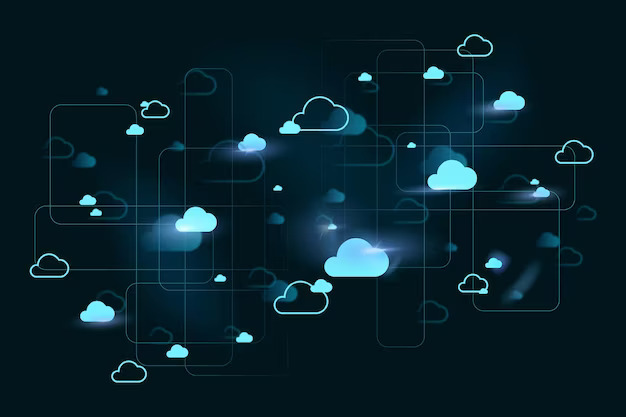
A multi-cloud strategy is an emerging tactic where businesses strategically diversify their services by simultaneously using multiple cloud service providers within one architecture.
Through a multi-cloud strategy, you don’t place complete dependency on one cloud service vendor. Instead, you could use AWS for data storage and handling, GCP for application testing and development, and AZURE for disaster recovery.
Sometimes, when your application operates in multiple geological locations backed by a single cloud service, you may face varying response times and latency inconsistencies. This is because while a particular cloud service may be faster and have reduced latency issues in one location, it may underperform in another.
A multi-cloud strategy can be helpful in such cases where businesses can use multiple cloud service providers for the same application depending on the best cloud service in each region.
Some native cloud services may give your application’s users a faster response time than others. The fact that companies need not be restricted to reap the benefits of a single cloud service but instead enjoy that of multiple service providers will push multi-cloud services over the top as one of the leading trends of 2023.
4. Serverless Computing is Taking Big Strides
Serverless computing provides businesses with backend services as a pay-as-you-go model, charging users based on their usage and not for the servers they engage. Serverless computing is an autoscaling service that does not require businesses to manage the backend server infrastructure or worry about server positioning.
It is a trending technology enabling countless companies to cut costs, increase agility, and reduce backend failures. It has become an excellent way for users to use the cloud without dealing with the complexities of managing its infrastructure, which is why it is projected to be a significant cloud computing trend in 2023.
5. Kubernetes and Blockchain
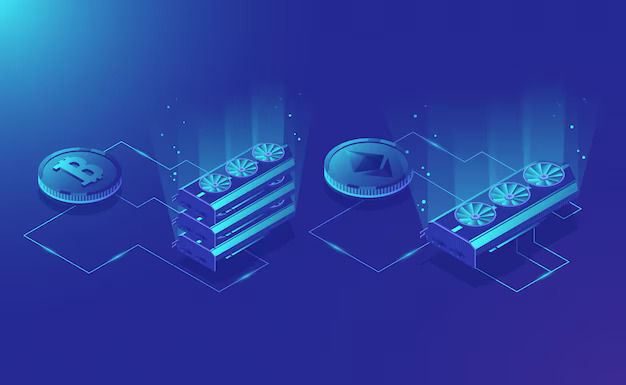
Kubernetes is an open-source system that automates containerized applications’ deployment, management, and scaling. Its built-in commands allow users to deploy applications quickly, make changes to them when necessary, scale up or down depending on their varying needs and monitor them.
Business users are also beginning to explore the true potential of provisioning blockchain components into the Kubernetes cluster. Both technologies are rapidly gaining recognition and trending as excellent for what their combined potential applications have in store for the future.
6. Increased Adoption of AI and ML Cloud Technologies
Artificial Intelligence and Machine Learning technologies were exclusive to those businesses fortunate enough to afford their high costs for the longest time. Cloud computing disrupted that and made AI and ML an affordable, scalable, and easily deployable solution accessible to all businesses without requiring heavy-duty computational capabilities.
This increased accessibility of cutting-edge technology enables countless businesses to collect, store, and manage their valuable data to derive actionable business intelligence without facing the challenge of setting up the infrastructure of an in-house AI-powered data center.
While popular cloud services such as AWS, GCP, and Azure continue to make AI and ML cloud technologies readily accessible to businesses, we are confident that AI and ML cloud technologies will be a prominent cloud technology trend in 2023.
7. Low Code / No Code Cloud Services Grow Popular
Low code / no code cloud services introduce a new level of ease in application development, allowing users to drag and drop individual visual components and connect them to create web or mobile apps. It is perfect for beginners who don’t have coding expertise by eliminating the need to write code manually for their application development.
As numerous service providers offer low code / no code as a service, users can begin their app development without the need for specialized infrastructure. The vast potential and usability of such services will drive their popularity as a leading cloud computing trend in 2023.
8. Cloud Gaming, AR, and VR

Individual advancements in Augmented Reality and Virtual Reality have brought on a new depth of experience for how consumers experience movies, television shows, and games.
Cloud gaming is taking the experience one step further by allowing users to use their high-speed internet connections to instantaneously stream high-fidelity AR and VR games directly to their devices without needing devices with a high storage capacity.
While 5G technology is becoming mainstream, cloud gaming and all its potential future applications in tourism, education, training, and healthcare are growing easily accessible to anyone with a basic 5G connection or home wifi. This could redefine how immersive experiences are delivered to a broader audience, making it a cloud computing trend in 2023.
Maximize ROI from Cloud Implementation with Bitsio
Bitsio can help you fully utilize Splunk’s cloud capabilities to enhance business resilience, get optimal results, and make the most of this technology. We will manage all Splunk components while Splunk manages the underlying infrastructure. All you would have to do is handle the Splunk Management Infrastructure.
Partnering with Bitsio guarantees that your Splunk cloud environment is fully optimized and that you maximize your business’s ROI. If you want to maximize the productivity of your Splunk investment, contact us to explore how we can help you.
Search Here
Latest Posts
